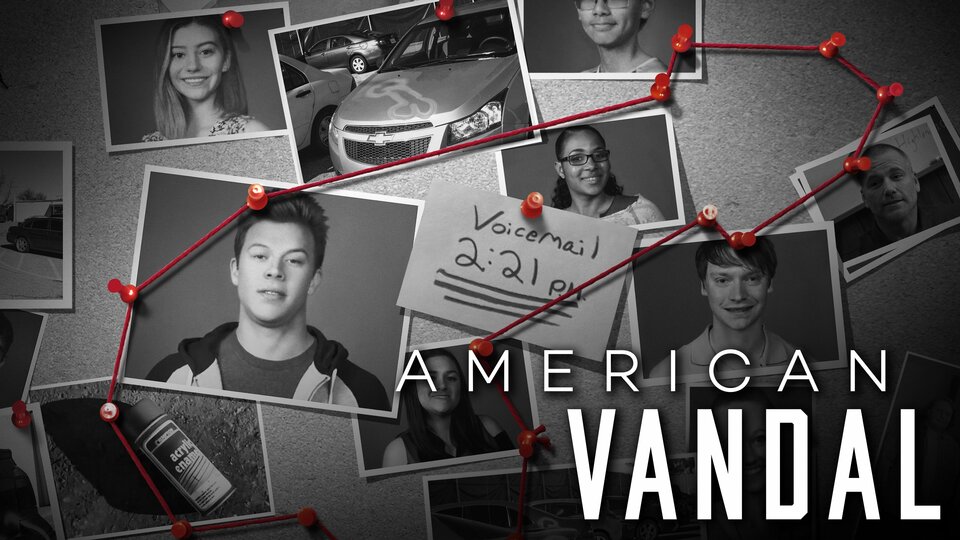My formative encounter with cinema took place during my media class in Year 11, where I watched “Ferris Bueller’s Day Off.” This experience profoundly changed my perspective on movies, opening my eyes to the limitless possibilities of what films can be. Until that point, my understanding of cinema was limited to mainstream blockbusters and animated films, but “Ferris Bueller’s Day Off” introduced me to a new realm of storytelling, character development, and cinematic techniques.
Directed by John Hughes, “Ferris Bueller’s Day Off” is a 1980s teen comedy that follows the charismatic Ferris Bueller as he skips school for a day of adventures in Chicago. What struck me most about the film was its narrative style, particularly Ferris’s frequent breaking of the fourth wall to address the audience directly. This technique made me feel like I was part of the story, blurring the line between spectator and participant. It was a declaration that cinema could be so interactive and engaging.
The film’s portrayal of youth, rebellion, and the desire for freedom resonated deeply with me. As a teenager navigating the complexities of high school, I found Ferris’s carefree attitude and his ability to outsmart authority figures both inspiring and liberating. The movie challenged me to think about the societal norms and expectations that govern our lives and to consider the importance of carving out moments of joy and spontaneity amidst the routine. Moreover, the characters in “Ferris Bueller’s Day Off” were 3D and relatable. Ferris, with his charm and wit, represented the idealised version of teenage rebellion, while his best friend Cameron exemplified the internal struggles many of us face. Cameron’s journey from a timid, anxiety-ridden teenager to someone who stands up for himself was particularly impactful. It highlighted the power of friendship and the importance of personal growth.
In Luke McKernan’s “First Encounters,” the short pieces delves into the various ways people experience and interpret their initial encounters with cinema. My experience with “Ferris Bueller’s Day Off” aligns with many of the themes explored in McKernan’s work, particularly the idea that our first significant cinematic experiences shape our understanding and appreciation of the medium. The film’s innovative techniques, relatable characters, and thought-provoking themes made it a crucial moment in my filmgoing life. This encounter also influenced my academic and personal pursuits. It ignited a passion for films and the creation of the said medium, leading me to explore other works by similar directors. I began to appreciate the artistry involved in filmmaking, from screenwriting and directing to acting and cinematography. This newfound appreciation extended beyond the classroom, as I started attending more film screenings and participating in discussions about movies with my friends and mentors analytically.
In conclusion, my encounter with “Ferris Bueller’s Day Off” during my Year 11 media class was a defining moment in my cinematic journey. It expanded my horizons and deepened my appreciation for the medium, leaving an indelible mark on my understanding of what films can achieve. This experience underscores the importance of those first encounters with cinema, as they often set the stage for a lifelong relationship with the movies. And quite like the film ‘The Fabelmans’ by Steven Spielberg, it inspired an everlasting want to recreate or relive those formative moments on screen again.
Reference:
McKernan, L (ed.) 2022, ‘First encounters’, in *Picturegoers: A critical anthology of eyewitness experiences*, Exeter University Press, Exeter, pp. 12-35.



